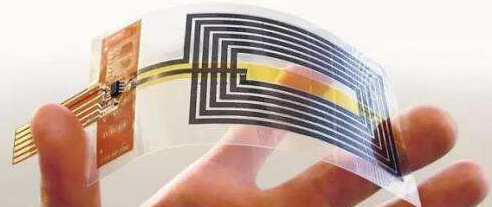CVD is a method to produce graphene films by vapor deposition of organic gases containing carbon. This is currently the most efficient way to produce graphene films. The graphene produced by this method has the characteristics of large area and high quality, but at present the cost is high, and the technological conditions need to be further improved. Due to the very thin thickness of graphene films, large areas of graphene films cannot be used alone, but must be attached to macroscopic devices to have use value, such as touch screens, heaters, etc.

Graphene is a two-dimensional crystal made of carbon atoms that is only one atom thick.
Before its discovery in 2015, graphene was both the thinnest material and the strongest, with a breaking strength 200 times stronger than the best steel. At the same time, it has good elasticity, stretching range can reach 20% of its own size. It is the thinnest and strongest material in nature. If you make a hammock out of a 1-square-meter piece of graphene, the weight of the hammock itself is less than 1 milligram, which can support a 1-kilogram cat.
The most promising current application of graphene is as an alternative to silicon, making ultra-tiny transistors that could be used to produce future supercomputers. Replacing silicon with graphene, computer processors could run hundreds of times faster.
In addition, graphene is almost completely transparent, absorbing only 2.3% of light. On the other hand, it is so dense that even the tiniest gas atoms (hydrogen atoms) cannot penetrate. These characteristics make it very suitable for use as a raw material for transparent electronics, such as transparent touch-screen displays, illuminating panels and solar panels.
As the thinnest, the strongest strength, the strongest electrical conductivity and thermal conductivity of a new nanomaterial, graphene is known as "black gold", the "king of new materials".